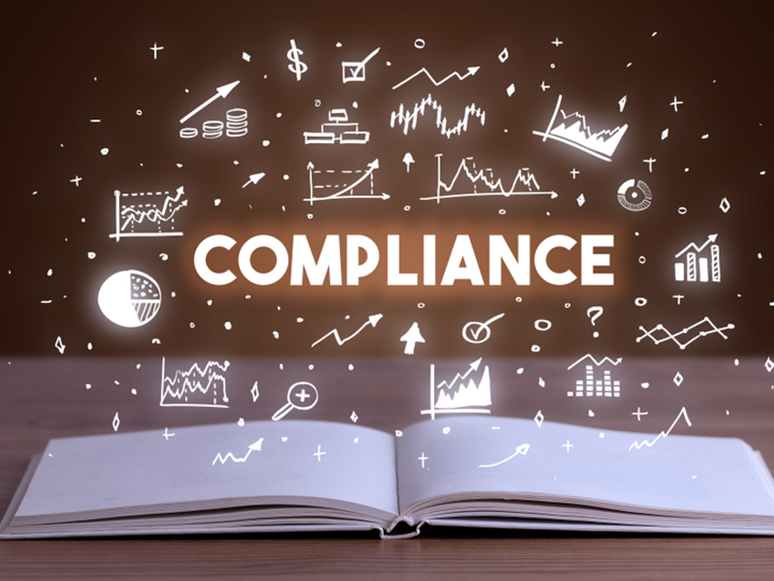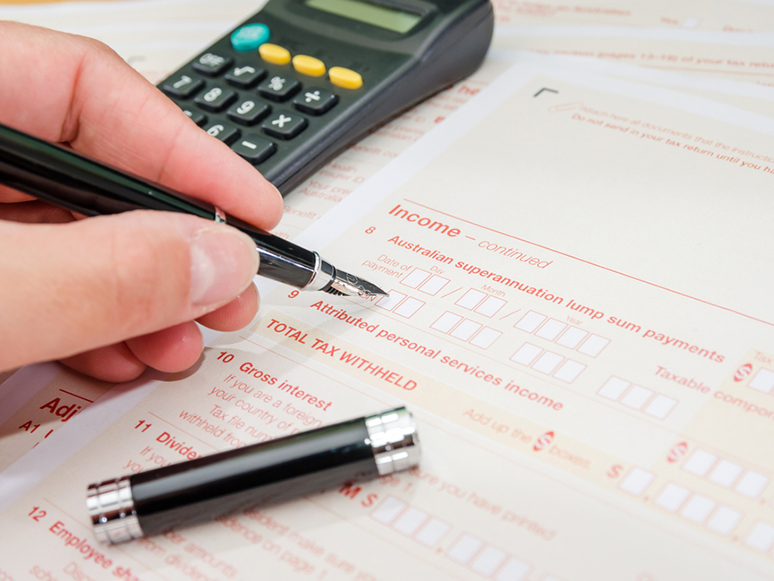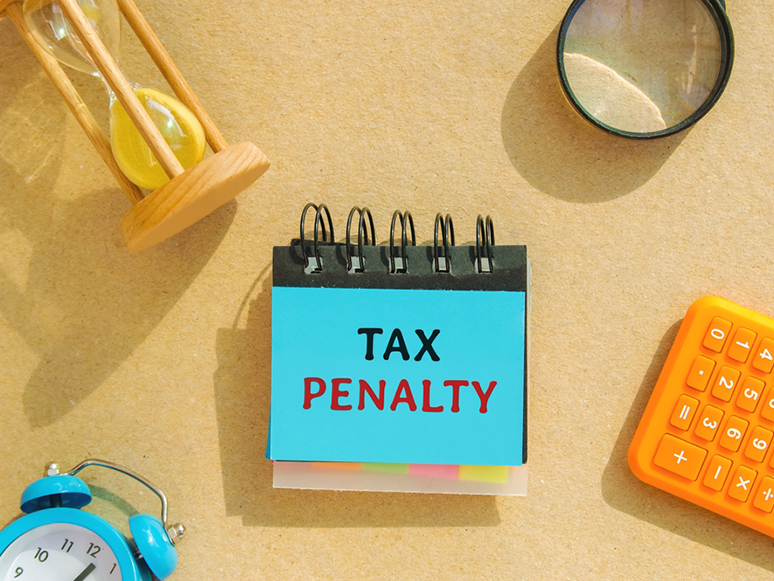logo


23rd Oct, 2023

The ATO has ramped up compliance activity in the self managed super fund (SMSF) space in response to an increasing number of funds that have been identified as not complying with superannuation obligations. For the 2023 year, the ATO says it has issued double the amount of tax and penalties when compared with the 2022 income year, and the number of disqualifications has tripled.
For the 2023 year, ATO compliance actions included issuing an additional $29 million in income tax liabilities, administrative and tax shortfall penalties, and interest on SMSF trustees and/or members, which is double the amount of tax and penalties the ATO issued in 2022. In addition, a total of 753 trustees were disqualified in the 2023 income year, and that is more than triple the amount of disqualifications in the 2022 income year.
According to the ATO, the most common reason for applying penalties was the illegal early access of super benefits by fund members. It reminds SMSF trustees that they have a responsibility to ensure that members have met a condition of release before any funds are released. Trustees should also be aware that some conditions of release have cashing restrictions which restrict the form of benefit (ie lump sum or pension) or the amount of benefit that can be paid.
Common conditions of release include the fund member having reached preservation age and retired, or commenced a transition-to-retirement income stream; ceasing an employment arrangement on or after the age of 60; being 65 years old even though they haven’t retired; or having died.
If the common conditions of release aren’t met, where a member meets eligibility requirements under certain special circumstances, they are able to have at least part of their super benefits released before reaching preservation age. These special circumstances include that the fund member:
Besides targeting illegal early release, the ATO has reminded trustees of SMSFs that their fund must be audited every year by a suitably qualified auditor and an annual return must be lodged by the due date. This blitz on the SMSF compliance is set to continue all through until the end of the 2024 income year, with the ATO explicitly stating it will take “firm action” against trustees who persistently fail to comply with their obligations and seriously breach the superannuation laws.
23rd Sep, 2023

The ATO has given the green light for taxpayers with uncomplicated financial affairs to lodge their returns. It says that the information it collects from employers, banks, private health insurers, share registries and other institutions has now been pre-filled and is ready to go on either myTax (accessed through myGov) if you’re lodging your own return, or through tax portals of registered agents, if you’re using those services.
The ATO notes that income such as amounts from rental properties, government payments, capital gains from the sale of investments, or other income from “side hustles” – in particular sharing economy platforms and any cash received for work performed – can’t be pre-filled, so will need to be manually entered. There are multiple current ATO data-matching programs running, for example in the areas of residential property and ride-sourcing, so it’s important to get your income reporting right the first time this year.
You should also be aware of some changes this year which may negatively affect the amount of refund you receive, and in some cases may result in tax amounts payable. These include the cessation of the low and middle income tax offset (LMITO), and the replacement of the “shortcut” method for calculating working from home (WFH) with the revised fix rate method, which allows claiming 67 cents per hour instead of 80 cents for each hour you work from home.
Due to these and other changes, the ATO reminds that the initial tax estimate you receive from myTax or your registered tax agent may not match the final tax outcome. It’s best to wait for your finalised notice of assessment before making any plans for spending an anticipated tax refund.
23rd Sep, 2023

Movement may be afoot on the complex issue of individual tax residency in Australia. In 2019, the Board of Taxation released a report which contained a proposed model for modernising individual residency. The new framework was designed to simplify the tax system and reduce compliance costs for individuals and employers.
The model proposed uses a two-step approach of primary tests and secondary tests. Apart from the government official test, which would replace the Commonwealth superannuation test, the main primary “bright line” test will be the 183-day test, in which a person who is physically present in Australia for 183 days or more in any income year would be considered an Australian tax resident.
One of the secondary tests proposed would require an individual to be physically present in Australia for a minimum of 45 days in an income year before commencing residency, or a maximum of 45 days in an income year before ceasing residency. However, due to various global factors (eg the COVID-19 pandemic), the government is seeking views on whether this 45-day threshold is still appropriate and whether there are any circumstances where days spent in Australia should be disregarded for this threshold.
In addition to the 45-day threshold, the proposed secondary test includes the factor test, which focuses on four specific types of connection an individual may have to Australia. Any individual whose circumstances meet any of the four factors will be deemed to have a stronger connection to Australian than someone who does not.
The Federal Government is now soliciting public feedback on the proposed model before making a decision about whether to proceed with the changes.
23rd Sep, 2023

This tax time, the ATO is cracking down on taxpayers not lodging their taxable payments annual report (TPAR) on time. It has recently issued more than 16,000 penalties for businesses who failed to lodge their TPARs for previous years despite receiving multiple reminders. The average penalty for non-lodgment was approximately $1,110.
As a reminder, the TPAR applies to businesses in the building and construction industry as well as businesses that provide cleaning, courier and road freight, information technology and security, investigation or surveillance services and have paid contractors in relation to those services.
Businesses that may have received a reminder from the ATO to lodge a TPAR but do not actually need to lodge still need to submit a TPAR non-lodgment advice form to avoid an unnecessary follow-up. The form allows entities to notify the ATO about multiple years, as well as to advise that they will not need to lodge in the future.
Around $400 billion in payments made to almost 1.1 million contractors were reported in the TPAR system in the last financial year. The ATO uses the information obtained to check for red flags, including non-reporting of income, non-lodgment of tax returns or activity statements, overclaiming of GST credits or misusing of ABNs.
The ATO will also include information reported in the TPAR in its pre-filling service to help contractors get their income right in their tax returns. The pre-filled data will give taxpayers transparency about the data that has been provided to the ATO about their business transactions.
23rd Sep, 2023

Small businesses may be able to get a bonus 20% tax deduction for any business expenses and depreciating assets used to improve their digital operations. This includes digital enabling items such as computer software and hardware, digital media and marketing, e-commerce related goods or services, and systems or monitoring services related to cyber security. The bonus deduction applies to up to $100,000 of eligible expenditure incurred in each relevant period, with a maximum bonus deduction amount of $20,000 per income year or specified time period. This bonus deduction is available to all entities that meet the definition of a small business entity.
Any private-use portion of expenditure is not eligible for the bonus deduction. Also, the bonus deduction does not cover general operating costs related to employing staff, raising capital, construction of business premises, and the cost of goods and services the business sells. Training and education costs are also excluded, as they are specifically covered under the skills and training boost measure (which provides a separate 20% bonus deduction).
23rd Sep, 2023

The Federal Government has released plans to introduce a small business energy incentive to help small and medium businesses electrify and save on their energy bills. The proposal was in the consultation stage until late July, but once implemented it may see businesses with an aggregated annual turnover of less than $50 million gain access to a bonus 20% tax deduction for the cost of eligible depreciating assets that support electrification and more efficient use of energy. It is projected to apply for the 2023–2024 income year.
Eligible depreciating assets would include any asset that:
In order to claim the bonus deduction, the business must make the expenditure for a taxable purpose; therefore, costs will need to be apportioned if the asset has a mix of private and business use.
If both the small business and the asset meets eligibility requirements, the amount of bonus deduction is 20% of the total eligible cost, up to a maximum of $20,000 across the bonus period.